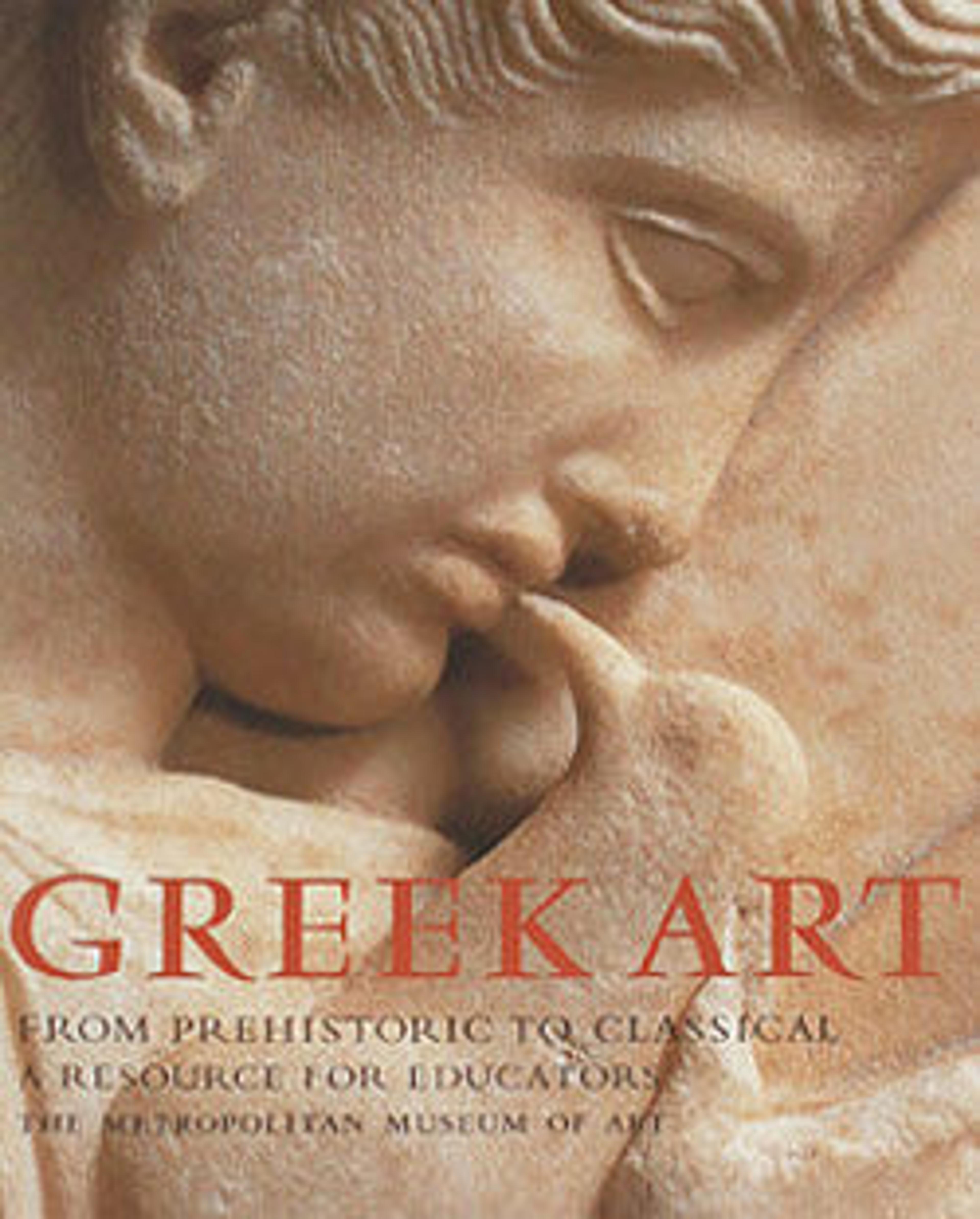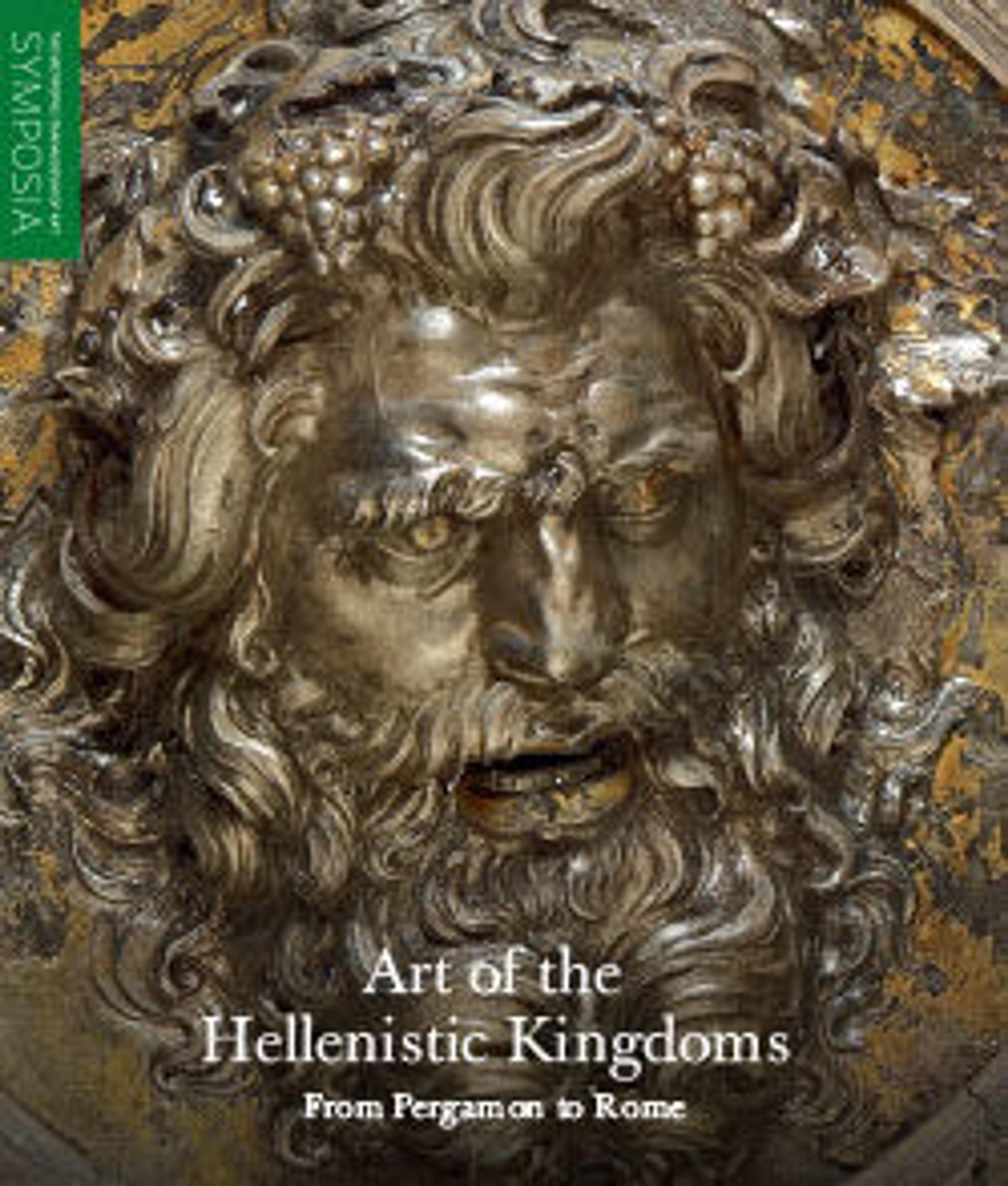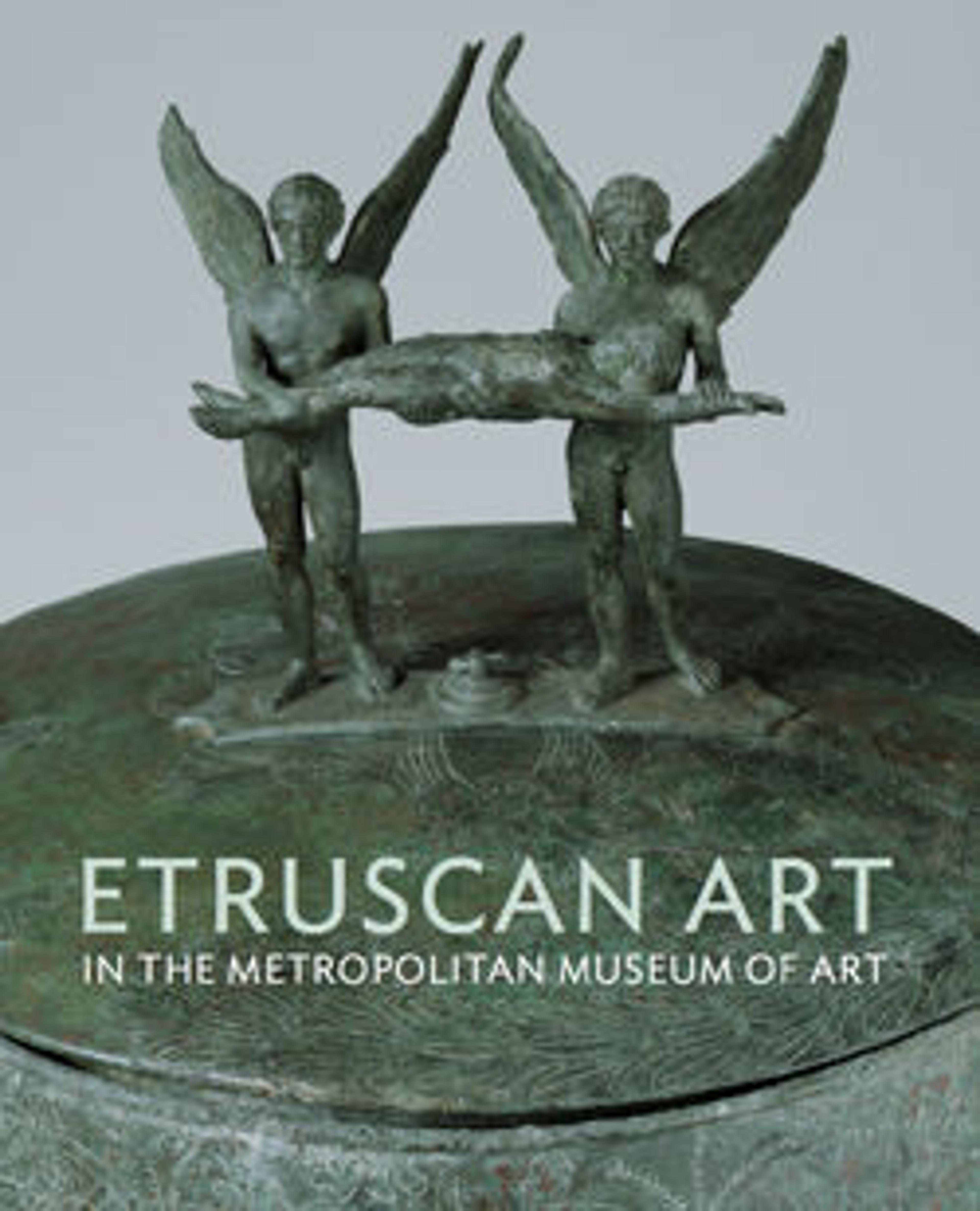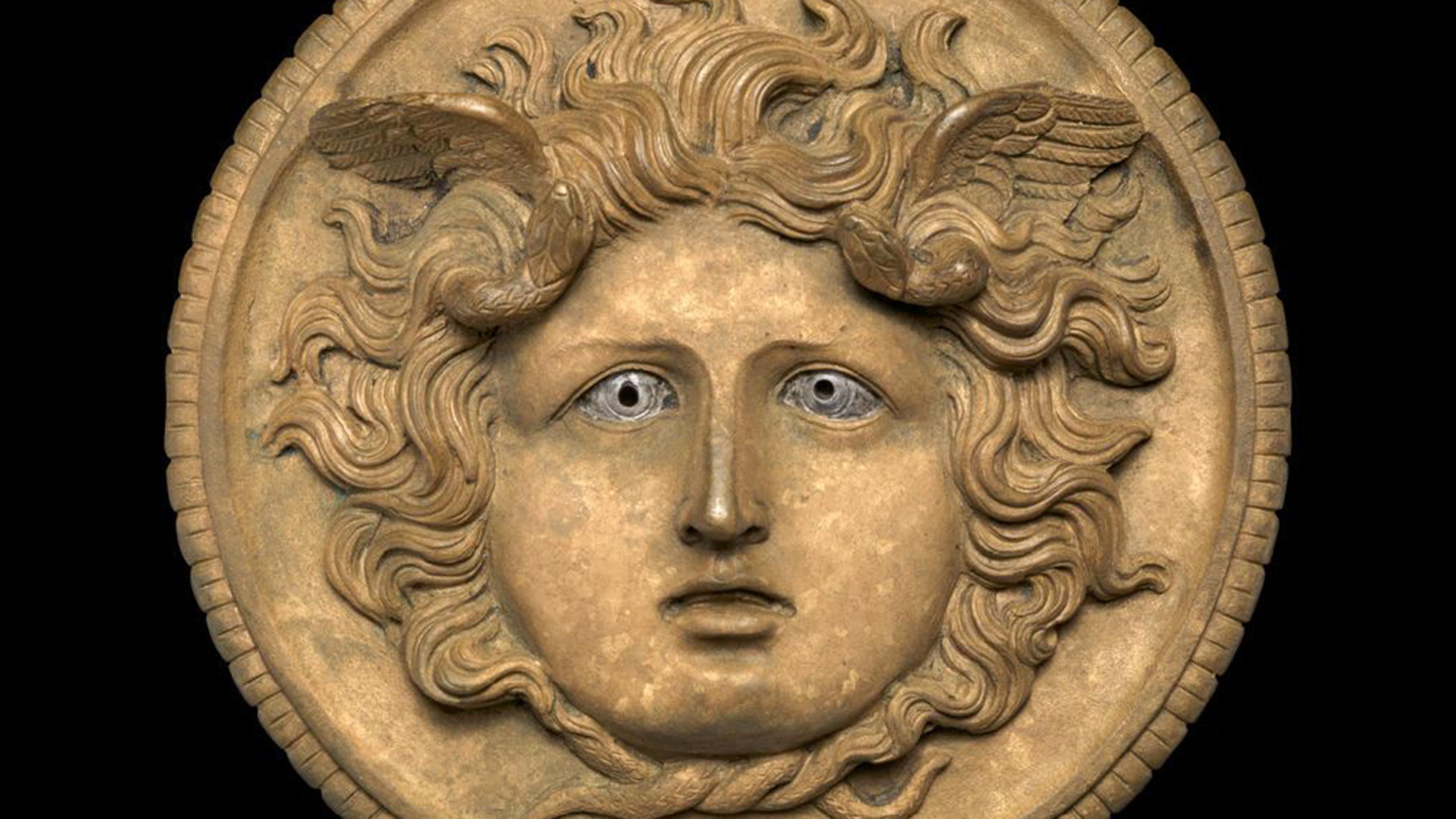
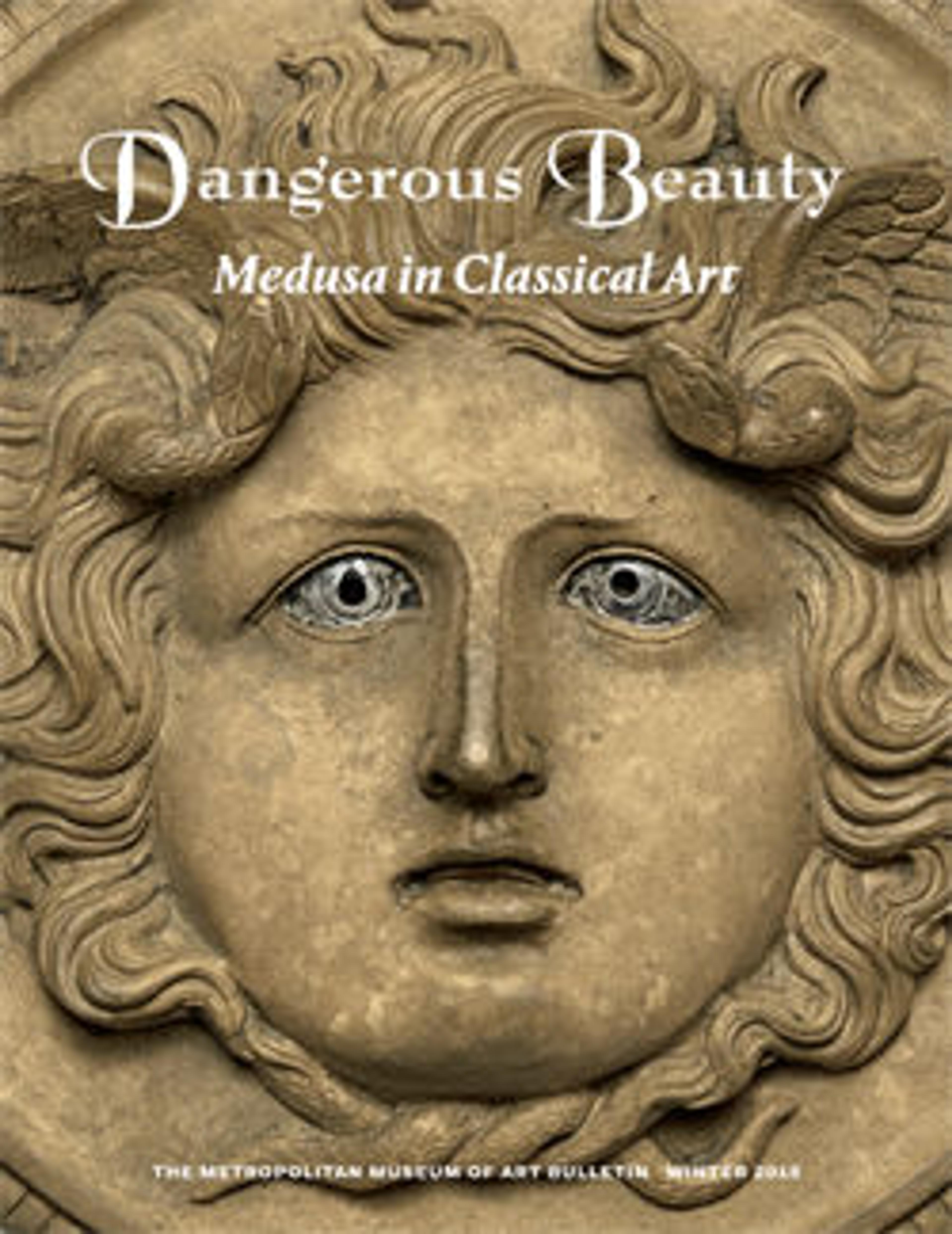
Dangerous Beauty: Medusa in Classical Art
Medusa, the monstrous Gorgon of Greek mythology whose gaze turned beholders to stone, became increasingly anthropomorphic and feminine beginning in the fifth century B.C. This Bulletin explores the changing ways in which Medusa and other hybrid creatures were imagined and depicted from antiquity to the present day. Drawn primarily from The Met collection, this publication examines a wide range of works dating from the late sixth century B.C. to the twentieth century, from ancient Greek armor, drinking cups, and funerary urns to Neoclassical cameos and contemporary fashion. Also featured is one of the earliest portrayals in Greek art of Medusa as a beautiful young woman. Among the most powerful and resonant in Western culture, the story of Medusa has inspired poets, artists, psychoanalysts, feminist critics, political theorists, and designers.
Met Art in Publication
You May Also Like
Press the down key to skip to the last item.
Citation
Karoglou, Kiki. 2018. Dangerous Beauty: Medusa in Classical Art. The Metropolitan Museum of Art Bulletin, volume 75, number 3 (Winter 2018). New York: The Metropolitan Museum of Art.
